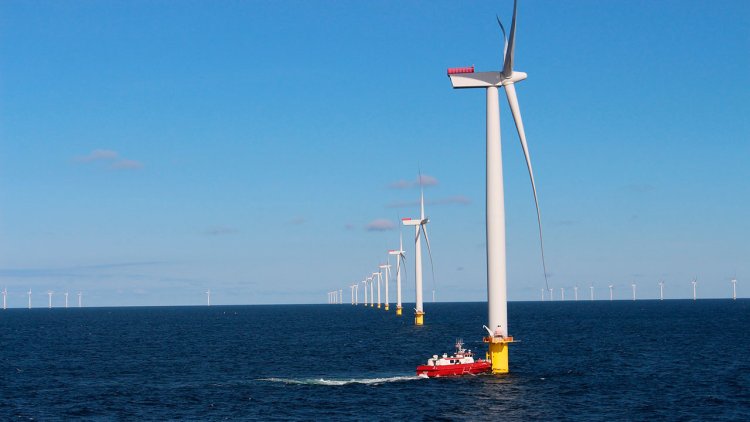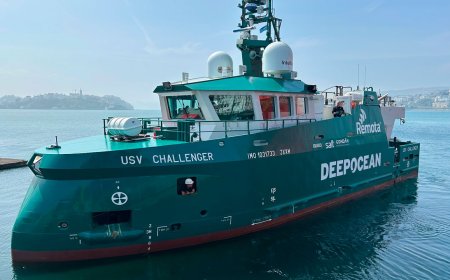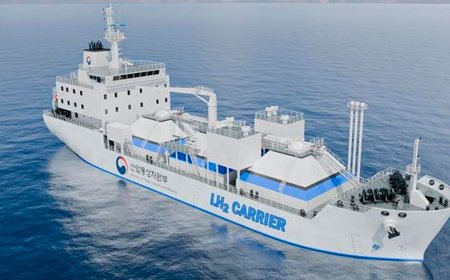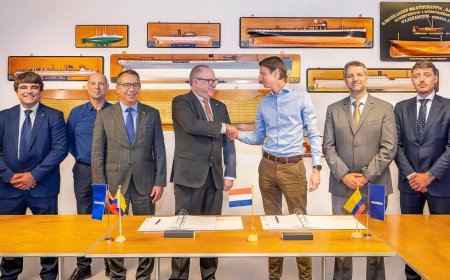Five partners join forces to develop innovative CTV
Louis Dreyfus Armateurs, Mauric, Barillec Marine, SEAir and ADV Propulse join forces to develop a Zero Emission & Safe Transfer Crew Transfer Vessel ("ZEST" project)

Safety, performance, improved comfort and staff security, reduction in GHG emissions and atmospheric pollutants ... these are the main objectives that Louis Dreyfus Armateurs, Mauric, Barillec Marine, SEAir and ADV Propulse aim for thanks to the ZEST industrial consortium.
The 5 partners have been working for 3 months on the development of a prototype CTV which is safer when transferring personnel and tends towards "zero emissions".
Thanks to the ZEST project, a new type of innovative and more energy-efficient CTV will emerge in 2025. This CTV will provide a safer and more efficient transfer of wind turbine maintenance personnel, due to its excellent sea navigation characteristics and the integration of sea state monitoring systems.
In comparison to the current market for wind turbine maintenance personnel transfer vessels, it will offer a more suitable and secure solution for transfer operations at sea, will be more manageable and better suited to maintenance operations.
ZEST will operate with low energy consumption and greenhouse gas (GHG) emissions thanks to the combination of innovative technological bricks and an optimized architecture. The use of recyclable composite materials will improve the environmental impact from the construction of the ship until its dismantling. All of these impacts will be assessed through a Life Cycle Analysis.
By getting closer to zero GHG emission while gaining operational and safety capacities, the CTV ZEST will therefore have a privileged spot in a growing market. By becoming the new standard for CTVs, with very high operational and environmental performance and relying on the skills of the French maritime industry, the CTV ZEST will generate several tens of millions of euros in turnover and create nearly a hundred jobs by 2030 for the French maritime industry (equipment manufacturers, architects, shipyards, shipowners).
Thanks to the establishment of this consortium, the design studies of the ship and the associated technological bricks are currently being carried out, in parallel with a technical and economic study.
The technological building blocks of the project are as follows:
- An innovative CTV architecture with foils;
- Innovative trochoidal thrusters;
- The integration of “Zero emission” GHG energy system solutions;
- An innovative energy consumption management system;
- A wave monitoring and floating object detection system;
- Depending on market needs, an adapted dynamic positioning system.
At the end of this study phase, the consortium will aim for a first commercial order which will allow the construction of a demonstrator. This demonstrator will be tested in real conditions over a period of 6 months to validate its level of operational safety and its technical, economic and environmental performances.

























































































































































